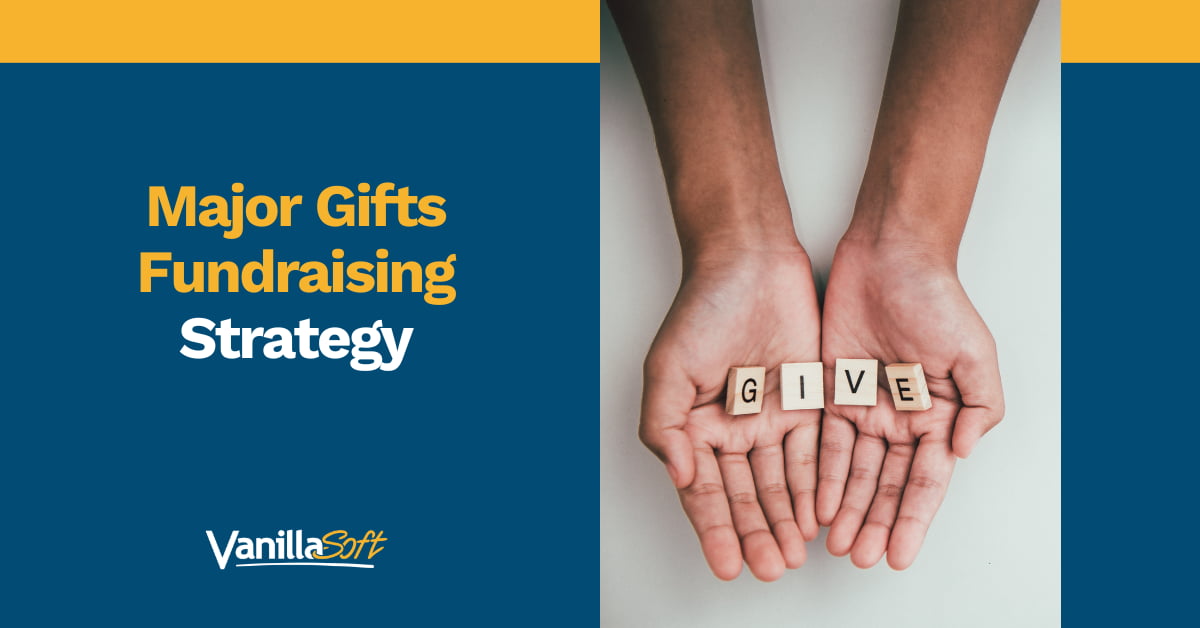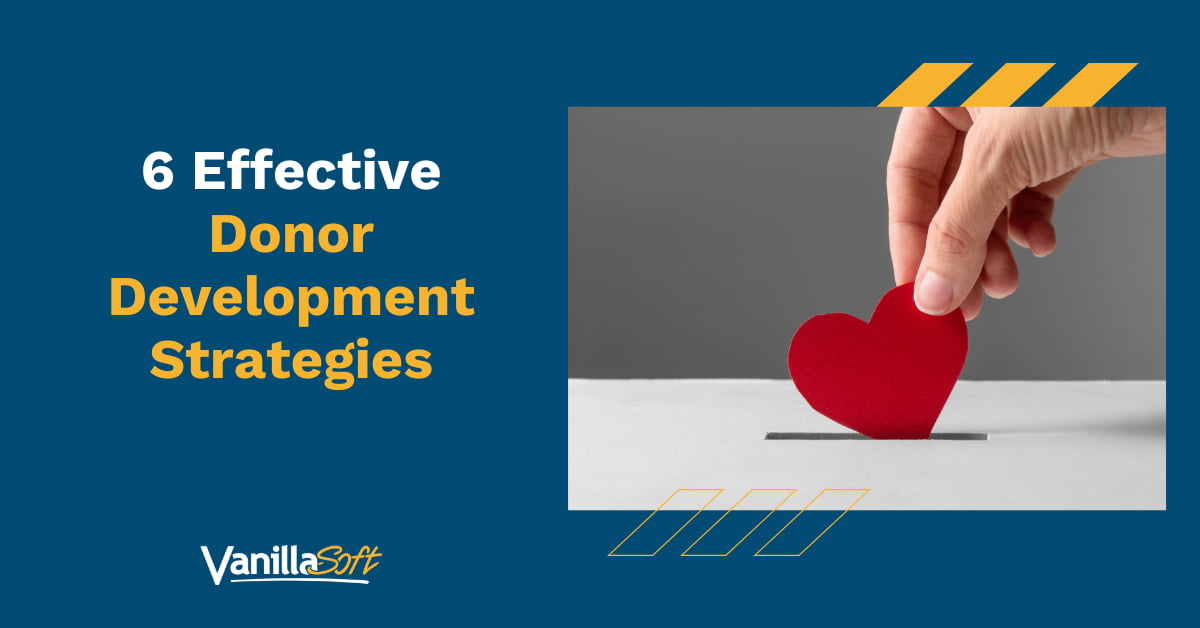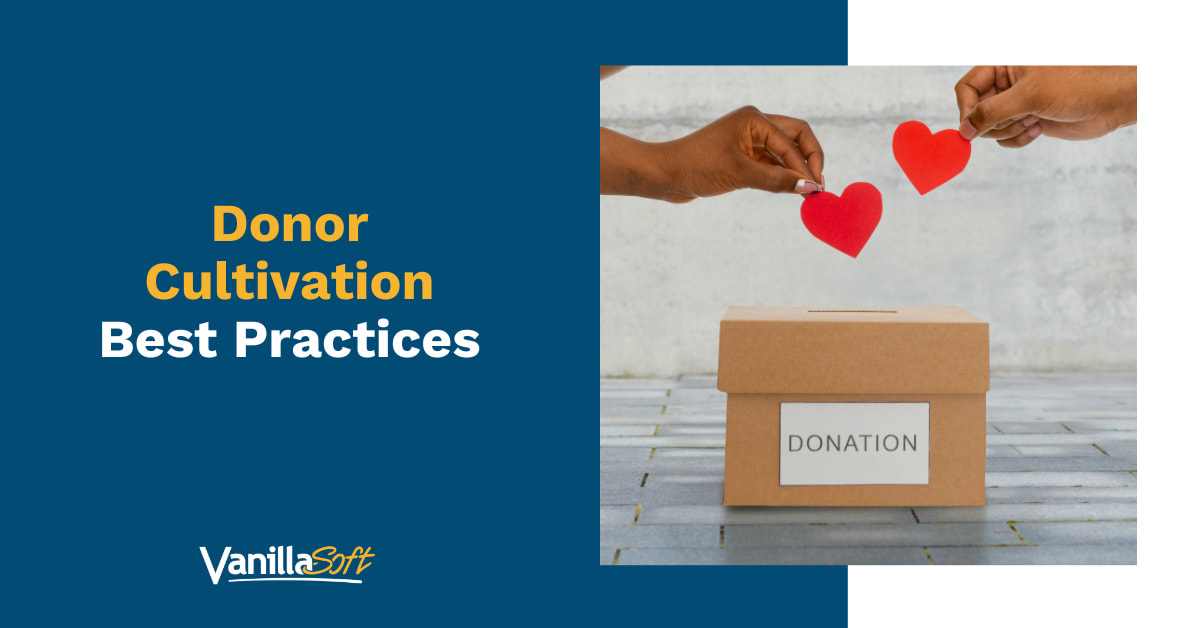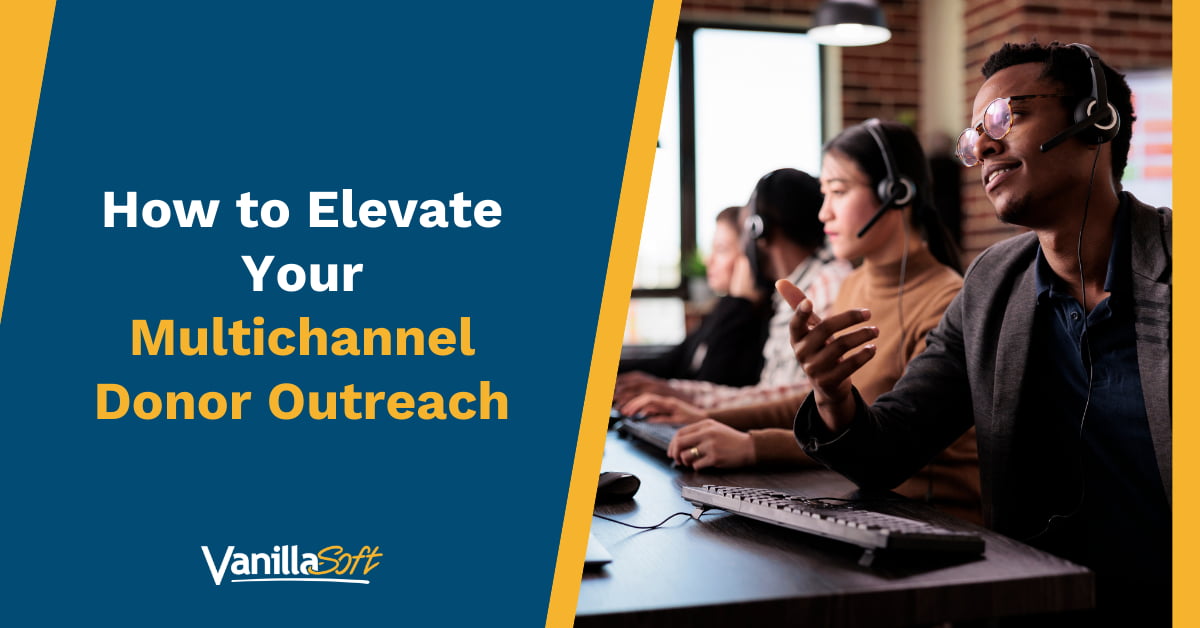
The landscape of higher education fundraising has never been more challenging or more critical. According to CASE, giving to U.S. higher education institutions was $58 billion in the fiscal year ending June 30, 2023, yet institutions face mounting pressures from declining enrollment, reduced state funding, and evolving donor expectations. In this environment, a strategic approach to major gifts isn’t just beneficial but essential for institutional survival and growth.
Major gifts represent the cornerstone of successful higher education fundraising, with 80 percent of gifts coming from 20 percent of prospects or donors according to the Pareto Principle.
This concentration makes developing an effective major gift strategy paramount for advancement teams seeking to maximize their impact and ensure long-term sustainability.
Key Takeaways
- Major gifts are crucial for higher education survival. They’re the cornerstone of fundraising, especially with declining enrollment and state funding.
- Donors are changing. A huge wealth transfer is happening, and younger donors have different priorities. Adapt your approach!
- Major Gift Officers are key. They manage portfolios, build relationships, and drive strategy — they’re the bridge to big donors.
- Strategy is systematic. It’s about identifying prospects, cultivating relationships, making the ask, and then retaining donors through stewardship.
- Technology is a game-changer. Use CRM, research tools, and AI to personalize, streamline, and optimize your efforts.
- Campaigns matter. Major gifts must align with broader institutional campaigns and goals for maximum impact.
- Measure and adapt. Regularly track KPIs and adjust your strategy based on data and changing trends (economic, generational, digital).
- Focus on depth and impact. Build deep relationships, offer flexible giving, and clearly show how gifts support the institution’s mission.
Understanding Major Donors in Higher Education
Major donors in the higher education context are typically alumni, parents, faculty, staff, corporations, foundations, and community members who have both the capacity and inclination to make significant gifts, often defined as contributions of $10,000 or more, though thresholds vary by institution size and goals.
These donors are motivated by diverse factors, including gratitude for their educational experience, belief in the institution’s mission, desire to support specific programs or initiatives, tax benefits, recognition opportunities, and the chance to create a lasting impact. Recent data shows that donors are increasingly focused on giving back through a student-first lens, with endowment gifts commonly used for student financial aid.
Key characteristics of major donors include:
- Proven giving capacity — They have demonstrated the ability to make substantial contributions, either to your institution or other organizations
- Connection to the institution – Whether through personal experience, family ties, or professional relationships
- Philanthropic inclination — A history of charitable giving and community involvement
- Alignment with institutional values — Shared beliefs about education, research, or specific causes your institution champions
The major donor landscape is evolving rapidly. The $84 trillion wealth transfer is underway, with younger donors inheriting wealth but potentially having different charitable priorities than older generations. This shift requires institutions to adapt their cultivation strategies to engage new donor segments effectively.
The Role of Major Gift Officers
Major gift officers serve as the critical bridge between institutional needs and donor interests. They have a leadership role in overseeing high-level giving efforts, steering strategic planning initiatives, and maintaining active involvement in all major activities and decisions.
Core responsibilities include:
- Portfolio management — Maintaining relationships with 75-150 major gift prospects, depending on institutional size and gift levels
- Strategic planning — Developing comprehensive cultivation and solicitation strategies for each prospect
- Relationship building — Conducting face-to-face meetings, managing donor communications, and facilitating meaningful connections
- Collaboration — Working closely with academic leaders, volunteers, and other advancement staff to coordinate efforts
- Moves management — Implementing systematic approaches to guide prospects through the cultivation cycle
Essential skills for success:
- Relationship management — The ability to build authentic, long-term relationships with diverse stakeholders
- Strategic thinking — The capacity to develop and execute multi-year cultivation plans
- Communication excellence — Strong written and verbal skills for various audiences and contexts
- Research acumen — Proficiency in prospect research, wealth screening, and data analysis
- Technology competence — Familiarity with CRM systems, prospect research tools, and digital donor engagement platforms
Successful major gift officers often need to maintain hundreds of contacts per year, conduct more than a dozen visits per month, and personally raise hundreds of thousands of dollars annually. This demanding role requires individuals with proven fundraising experience, typically including demonstrated success in securing five- and six-figure gifts.
Creating an Effective Major Gift Strategy
A comprehensive major gift strategy requires systematic planning, execution, and evaluation. The most successful approaches integrate multiple components working in concert to maximize donor engagement and gift potential.
1. Prospect identification and research
The foundation of any major gift program lies in identifying and understanding potential donors. Wealth screening services help determine which donors have the capacity to give by analyzing giving history, property ownership, business affiliations, and other wealth indicators.
Effective identification strategies include:
- Internal database analysis — Mining existing donor records for upgrade potential and giving patterns
- Wealth screening — Using professional services to assess donor capacity and identify new prospects
- Referral cultivation — Leveraging current donors, board members, and faculty to identify new prospects
- Event attendance tracking — Monitoring participation in institutional events and programs
- Professional networks — Engaging alumni in leadership positions who can provide access to peer networks
Research best practices:
- Go beyond financial capacity to understand interests, values, and motivations
- Document communication preferences and relationship history
- Identify connection points between prospects and institutional priorities
- Track engagement patterns across multiple touchpoints
- Maintain updated prospect profiles with regular review cycles
2. Strategic cultivation planning
Major donor cultivation in 2025 requires a thoughtful and strategic approach, focusing on personalization, data insights, and early stewardship integration. Successful cultivation involves multiple touchpoints designed to build relationships gradually while educating prospects about institutional needs and impact.
Key cultivation elements:
- Discovery visits — Initial meetings to understand prospect interests and motivations
- Educational engagement — Providing information about institutional priorities and impact
- Peer connections — Facilitating introductions to faculty, students, and other donors
- Behind-the-scenes access — Offering exclusive tours, lectures, or program previews
- Social opportunities — Including prospects in appropriate events and gatherings
Personalization strategies:
- Tailor communication frequency and method to individual preferences
- Connect prospects with programs and initiatives aligned with their interests
- Share impact stories relevant to their potential giving areas
- Involve family members when appropriate and desired
- Recognize individual communication styles and relationship preferences
3. Solicitation strategy and execution
The solicitation phase represents the culmination of careful cultivation efforts. Successful major gift solicitation involves navigating the delicate balance between building genuine relationships and asking for needed contributions.
Solicitation best practices:
- Timing precision — Request meetings when prospects are most receptive and engaged
- Ask amount strategy — Base requests on capacity research and giving history while allowing room for negotiation
- Project alignment — Connect gifts to specific institutional needs that resonate with donor interests
- Team approach — Include appropriate institutional representatives in solicitation meetings
- Flexible options — Offer various giving structures, including pledges, planned gifts, and naming opportunities
Meeting preparation and execution:
- Develop clear objectives and desired outcomes for each solicitation
- Prepare materials that clearly articulate impact and recognition opportunities
- Practice delivery to ensure comfort and confidence during the ask
- Plan for various response scenarios and follow-up strategies
- Document all interactions and next steps immediately after meetings
4. Stewardship and retention
Donor retention costs five times less than donor acquisition, making stewardship a cost-effective approach for universities. Effective stewardship begins immediately after gift commitment and continues throughout the donor relationship.
Comprehensive stewardship includes:
- Immediate recognition — Prompt acknowledgment appropriate to gift level and donor preferences
- Impact reporting — Regular updates on how gifts are being used and their measurable outcomes
- Exclusive access — Providing ongoing opportunities for engagement and recognition
- Personal attention — Maintaining regular contact through preferred communication channels
- Renewal cultivation — Beginning cultivation for future gifts through continued engagement
5. Technology integration and data management
Technology provides cost-effective tools for engaging donors, tailoring cultivation, enhancing conversations, and facilitating gift solicitation. Modern major gift programs leverage technology to enhance rather than replace personal relationships.
Essential technology components:
- CRM systems — Comprehensive donor databases with robust contact management and reporting capabilities
- Prospect research tools — Professional-grade research platforms for wealth screening and background information
- Communication platforms — Email automation, video conferencing, and social media management tools
- Analytics and reporting — Dashboard systems for tracking metrics and measuring progress toward goals
- Mobile applications — Tools enabling real-time updates and access to donor information during travel
AI and automation applications:
- Predictive modeling for prospect identification and giving likelihood
- Automated contact scheduling and follow-up reminders
- Personalized content recommendations based on donor interests
- Portfolio optimization and moves management efficiency
- Performance analytics and goal tracking
6. Campaign integration and coordination
Comprehensive fundraising campaigns are normal in higher education, integrating ongoing annual giving and endowment programs with major capital campaigns. Major gift strategies must align with broader institutional advancement goals while maintaining focus on individual donor relationships.
Integration strategies:
- Coordinate major gift solicitations with campaign timelines and priorities
- Ensure messaging consistency across all advancement communications
- Leverage campaign energy to enhance major gift cultivation opportunities
- Balance individual donor interests with institutional campaign needs
- Maintain separate stewardship for major gifts within broader campaign recognition
Measuring Success and Continuous Improvement
Effective major gift programs require regular evaluation and strategic adjustment based on performance data and changing circumstances.
Key performance indicators:
- Portfolio metrics — Contact frequency, meeting completion rates, and relationship progression
- Financial outcomes — Gift totals, average gift size, and pledge fulfillment rates
- Pipeline development — New prospect identification and qualification rates
- Retention measures — Donor renewal rates and upgrade percentages
- Efficiency ratios — Cost per dollar raised and time investment per closed gift
Continuous improvement practices:
- Regular portfolio reviews with strategic planning adjustments
- Donor feedback collection and analysis for program enhancement
- Staff training and professional development opportunities
- Technology updates and process optimization
- Benchmark analysis against peer institutions and industry standards
Looking Forward: Major Gift Strategy for 2025 and Beyond
The future of higher education fundraising hinges on a strategic and adaptable approach to major gifts. By embracing evolving donor expectations, leveraging technology, and consistently nurturing deep relationships, institutions can build resilient advancement programs. It’s about balancing traditional personal connections with innovative digital tools, ensuring that every major gift helps to secure the vital educational missions for generations to come.



